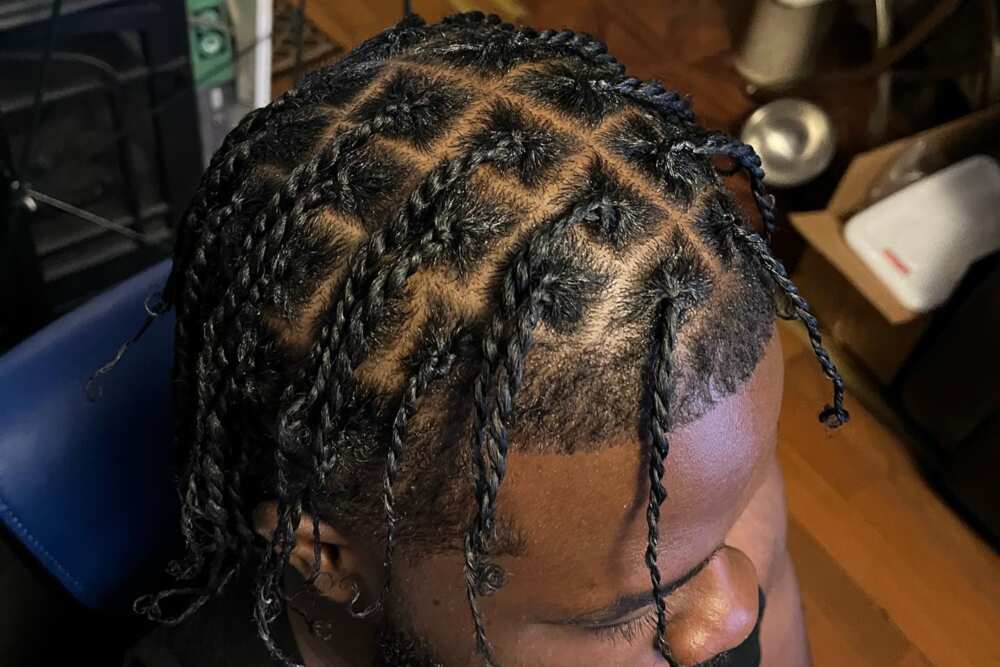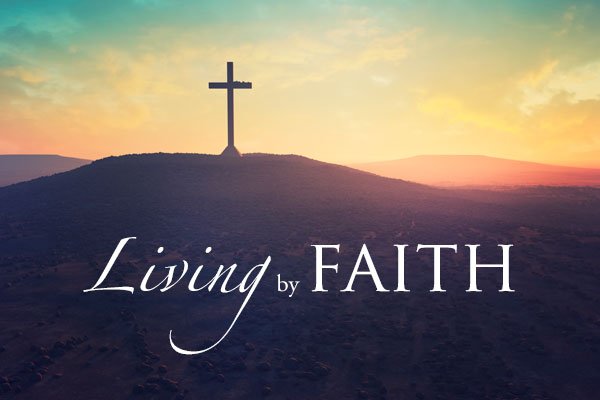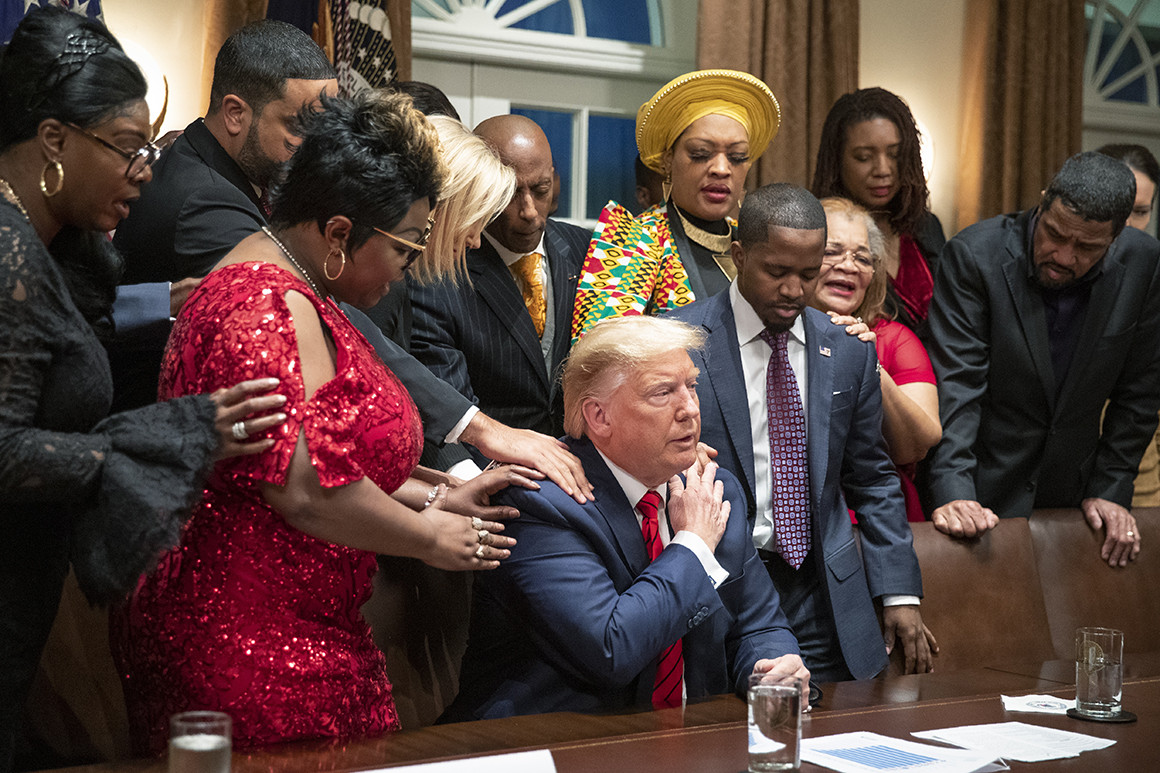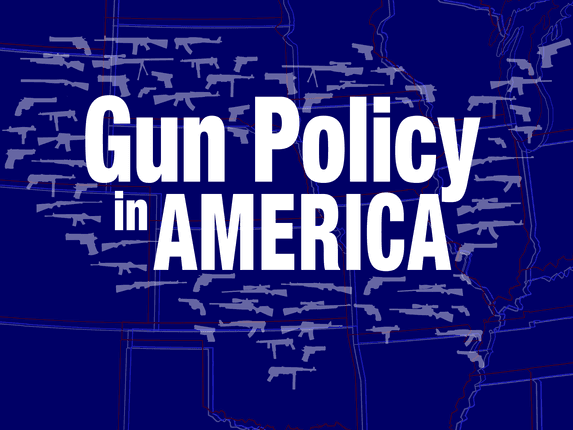(ThyBlackMan.com) Say the word “ gang ” to nearly anyone in America today, and visions of groups of violent young Black men will be conjured up. Racism? Perhaps. But undoubtedly, the marketing of the urban lifestyle via rap music has given the face of gangs an ebony hue.
Some of the crews and gangs in Urban America were also young and Latin. Yet, thanks to Gangsta Rap, America still merges the idea of gangs and gangsters with Black youth.
In the late 1970’s and early 1980’s, while gangs in New York City morphed into graffiti crews and rhyme posses, the music went straight to the streets when it hit the West Coast, and the content was mostly about the avocation of gangsters and the gangster mentality.
Many of the rap artists who represent the lifestyle in their music have more than likely never been gangsters.
Haha Loco, a professed Crip gangster from 357 (named for the weapon of choice), a sect called Pomona Sin-Town, on the West Side of Pomona, California, says that the marketing of rap music has painted an unrealistic portrait of life on the streets.
“We don’t just ride down the street and shoot people sitting on the bus stop,” he says. “It has happened, but it was blown out of proportion. It might not be a gang member who shot someone or who got shot–it could be completely unrelated.
Let’s make it clear before we get too far: Blacks did not invent gangs. And, no matter how much we love Tupac, the word thug is older than he, his parents or even his grandparents.
The word thug was found in India as early as 1200 AD, referring to a gang of criminals plundering villages across the countryside.  What was their motivation? Money and power, of course.
What was their motivation? Money and power, of course.
And when we think of the gangster lifestyle, it too has been around for a very long time. In fact, the most popular aspect of gang activity ascribed to modern urban gangs–the driveby–was popularized in Chicago during the heyday of Al Capone.
For Capone and his gang, control of the streets meant controlling the cash and power that flowed from illegal alcohol during Prohibition. The use of weapons such as the machine gun allowed them to keep an upper hand on the community and a level hand with law enforcement.
In fact, law enforcement as we know it today came into existence to combat crime and to abate the street power of gangs. In every corner of the world, where there are gangs, there are police and some say their interaction isn’t always based on friction.
Haha Loco also illustrates that there is a very thin line between the street gangs and what Tupac Shakur labeled as a legal gang–the police. Sometimes, he says, the police create gang friction and/or even participate in street crime to their benefit and to the detriment of the gangs.
“That’s why the gangs will always take an opportunity to strike back at law enforcement, whether it’s through rioting or whatever,” says Haha.
Throughout history, the gang lifestyle has revolved around grouping up to obtain power.
On the high seas, for example, pirates terrorized sea-faring travelers, robbing them of precious cargo, including jewels and valuable metals.
In the Wild, Wild, West, Jesse James and his gang reigned terror through towns both small and large as they robbed banks to become powerful outlaws–the stuff of which legends were made.
By the time the West was calming down at the turn of the twentieth century, gangs began roaming the streets of big cities, including New York City. These gangs were Irish and even Jewish, but were eclipsed by Italian gangs such as the Five Points Gang–extensions of the Sicilian Mafia–which included the notorious Lucky Luciano and Al Capone, who later moved to Chicago and into gangster infamy.
Throughout the first half of the century, new immigrants and existing ethnic groups were forming gangs in depressed urban areas.
During the 1940’s and 1950’s, Asian and Hispanic gangs were emerging on the West Coast, and the powerful Latin Kings and Vice Lords were founded in Chicago.
And while the Civil Rights Movement of the late 1950’s and 1960’s was moving between Dr. King’s nonviolent movement and Malcolm X’s message of empowerment, the streets were forming factions of an entirely different type.
Black gangs called the Savage Skulls formed in New York, while in Chicago, the Black Gangster Disciples and the Blackstone Rangers moved through the streets.
Black gangs began to take on new forms, but their existence certainly wasn’t new.
Following slavery, when Blacks were shuttled from free labor to cheap labor in burgeoning towns, their housing would be confined to one area of each city, usually the south side. When street commerce ran through the Black community, it did so with the assistance of gangs and gangsters—white, Black and otherwise.
From bootleg alcohol to the numbers game and from marijuana to heroin, gangs have existed in one form or another, surrounding the street commerce of the day. Gangs also served as the catch-all for the bottom of society, as well as a form of mentoring for fatherless sons–role models for strength when there was no strength in the family. The pecking order of a gang provides strength and power for the person on top in each segment, whether divided by Block or neighborhood.
Gangs were already strong within the Black community in the late 1970’s and early 1980’s, but when crack cocaine and high-powered automatic weaponry hit the streets, the game was officially changed. These two symbols of power ( crack = cash and guns = strength ) became the order of the day.
Loco, who entered the game as a teenager and spent nearly ten years behind bars because of it, got into the game because of the money and the power.
“It’s a powerful movement,” he said. “The gang life allowed me to get out and make money and drive cars even when I wasn’t supposed to be driving. But it’s also how I ended up in prison–I got caught with kilos of crack and had to do time. I was about the money, but the violence and the territory came with it.”
Because the game was elevated, gangs began to operate like businesses in many ways. Some even began to franchise.
We’ll deal with that next week.
Written By Darryl James
Official website; http://www.darryljames.com/




















No, black males (and females) aren’t the only gang members. There are Italian, Irish, and whomever. But it’s the black gang banging, drug dealing hoodlums who make life impossible or damn near impossible on a daily basis. It’s not the Italian, Irish, or any other nationality of people plummaging through black comunities in a war-like manner. IT’S HOODLUM BLACKS DESTROYING THEIR OWN COMMUNITIES!! Far as I’m concerned, police can stop and frisk, shoot and kill all the gang bangers they want. It’s not called racism. It’s called doing away with nigger-ism.